It seems state and federal wildlife officials have tentatively agreed the Yellowstone grizzly bear population should be delisted from the Endangered Species Act.
What’s more, they reached this agreement all the way back in September, with details only coming to light now.
According to Wyofile, U.S. Fish and Wildlife Service Director Dan Ashe penned a letter to the directors of Idaho, Montana, and Wyoming’s state wildlife agencies, stamped September 25. Ashe was responding to an earlier letter sent on behalf of the Idaho Department of Fish and Game, the Montana Fish, Wildlife & Parks agency, and the Wyoming Game and Fish Department, dated August 28.
The letter outlines two meetings held September 9-10 and 14 with federal and state wildlife agency staffers as well as representatives from the National Park Service, U.S. Forest Service, and U.S. Geological Survey. The second meeting included representatives from the Association of Fish and Wildlife Agencies.
“Dear Directors:”
In brief, the letter outlines a plan for grizzly management if bears are delisted, with stipulations for “discretionary mortality” measures (e.g. state level trophy hunting, removal by officials) based on how many bears are present in the Greater Yellowstone Ecosystem. In addition, the letter agrees to a “Demographic Monitoring Area” measuring 19,279 square miles, where grizzly bear mortality would be managed. Any mortalities outside the DMA would not be included in the bear numbers below. From Director Ashe’s letter, courtesy of Wyofile:
- We have agreed to the following mortality limits for females and males based on the annual results of the model-averaged Chao2 population estimate:
- Below 600: no discretionary mortality would be allowed unless necessary to address human safety issues.
- Between 600-673: mortality limits will be less than 7.6% for adult females and 15% for adult males.
- At 674: mortality limits will be 7.6% for adult females and 15% for adult males.
- Between 675-747: mortality limits will not exceed 9% for adult females and 20% for adult males.
- Greater than 747: mortality limits will not exceed 10% for adult females and 22% for adult males.
The letter states the U.S. Fish and Wildlife Service should be ready to publish a delisting proposal by the end of 2015 and opines that, “the recovery of the GYE grizzly bear population represents a tremendous conservation success story based on more than 30 years of collaboration between state and federal partners.”
“The public still needs to weigh in.”
In the meantime, state agencies have reportedly been busy debating potential grizzly management plans for the GYE, should the bears be delisted. From Wyofile:
We’re looking at regulatory mechanisms that would be included in a new conservation strategy,” Wyoming Game and Fish Chief Game Warden Brian Nesvik said in a Nov. 12 interview with WyoFile. “That’s where the discussions have occurred. What needs to be identified in a delisting rule? What is under the purview of the three states?”
Wyoming wouldn’t manage grizzlies down to a minimum number, whatever that turns out to be, Nesvik said in November. In that interview, he said no final number had been agreed to. “We have not discussed that to this point,” he said.
Wyoming’s wolf plan hews closely to the minimum population requirements set by the federal government. But wolves, as a species, reproduce faster than grizzly bears.
“I do not believe the Fish and Wildlife Service is interested in that same type of set of circumstances,” Nesvik said. “That has been part of the discussion. They’re interested in a different approach with bears.” Wyoming would “manage for a viable grizzly bear population well above the recovery criteria.”
Wyoming knows how to set big game and trophy hunting seasons, he said. “I think we would rely pretty heavily on our track record,” Nesvik said. For example, with black bears and mountain lions, “there’s certainly more [hunting] opportunity than there’s ever been,” he said.
“We would look to be able to manage grizzly bears in a manner consistent with the values we’ve held with those other species,” he said. “The public still needs to weigh in. The Game and Fish Commission has been very considerate of the fact the way we do business in this state is we include the public.”
Three critical pieces are necessary for delisting: a conservation strategy outlining long-term sideboards to ensure grizzly survival, an official proposed rule that sets administrative and legal parameters, and a document on population monitoring. After those are ushered through federal rulemaking and possible litigation, states would take over.
Backlash
Already, the revelation of Ashe’s letter has prompted a backlash from the Center for Biological Diversity, which recently signed a report identifying Yellowstone grizzly bears as one of 10 American species needing more conservation attention. In a press release, the Center castigated the U.S. Fish and Wildlife Service for their proposed ruling as well as drafted DMA. From the Center for Biological Diversity:
“It’s simply far too soon to remove protections for these grizzly bears,” said Andrea Santarsiere, a staff attorney with the Center for Biological Diversity. “The Endangered Species Act has done a great job of helping to recover grizzly bears in Greater Yellowstone, but isolation, declining food sources and an increase in human-caused mortality have caused the population to decrease from 757 to 714 bears just this year.”
The release also acknowledges the lack of public knowledge regarding the grizzly talks, which drew special criticism from Bethany Cotton, wildlife program director for WildEarth Guardians. “Once again we see Director Ashe cutting deals for political expediency instead of following the science,” she told the Center. “The Endangered Species Act is incredibly effective at recovering imperiled species, and will do so for grizzlies across their range, but only if they retain protections until the science clearly demonstrates recovery.”
Yellowstone Grizzly Bear News
This year has been nothing short of eventful regarding Yellowstone grizzly bears. Earlier this year, a bear was put down after killing a hiker. The bear’s cubs were then sent to the Toledo Zoo. Another pair of grizzly bear cubs were relocated outside Yellowstone after their mother was put down for raiding apple orchards. And in Park County, WY, talk of delisting Yellowstone grizzly bears circulated.
Overall, grizzly mortality numbers have been high this year, especially this fall as bears foraged for hibernation fuel, although a study in Molecular Ecology found the Yellowstone grizzly bear stable and genetically diverse. Earlier in November, American Indian tribes went on record in the Missoulian protesting a possible delisting.
 Yellowstone Insider Your Complete Guide to America's First National Park
Yellowstone Insider Your Complete Guide to America's First National Park

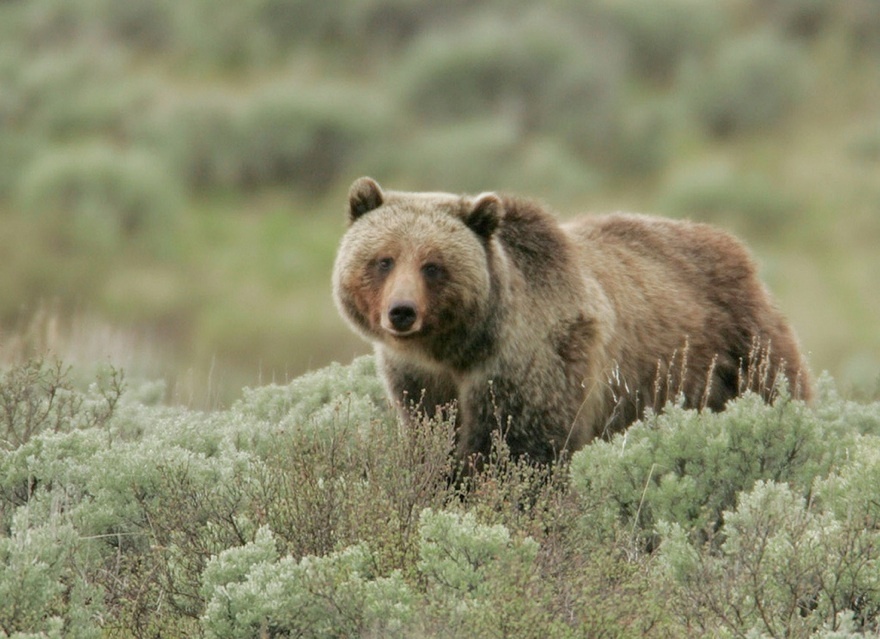
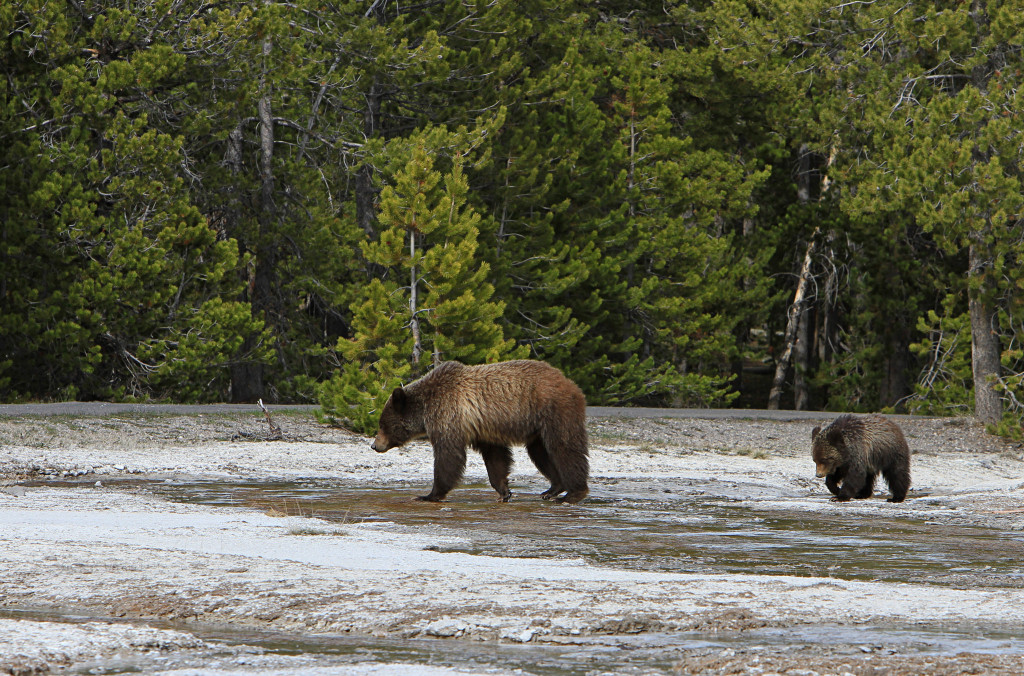


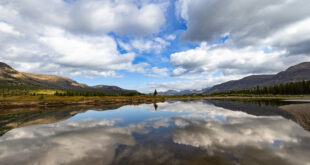
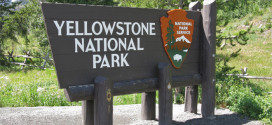
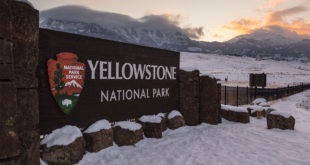
You must be logged in to post a comment.